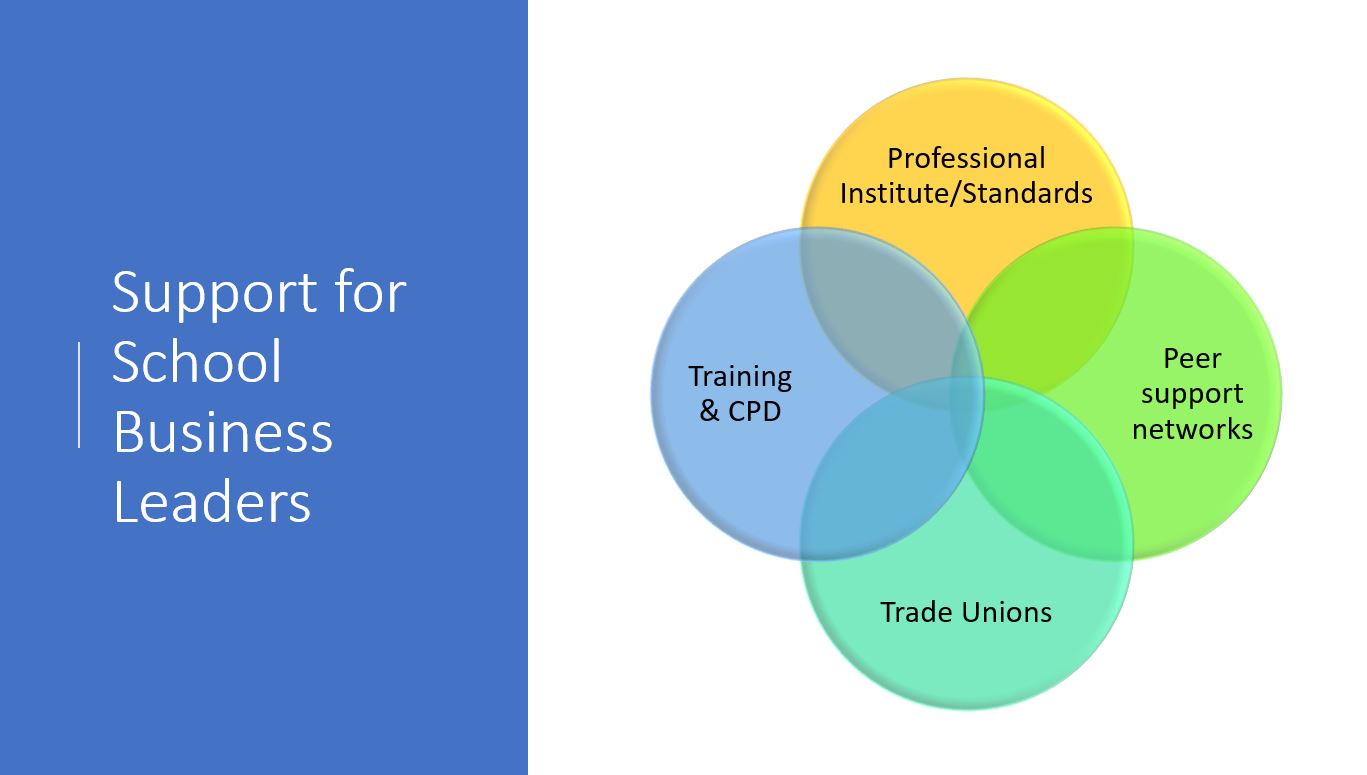In Trafalgar Square there are four stone plinths for statues but only three of them are permanently occupied. The fourth ’empty’ plinth has become famous for being incomplete; it stands unfinished in one corner of the square with a tangible air of absence. A debate rages over whether to continue the tradition of temporary art installations or to fill it permanently.
For some years now, the school business leadership profession in the UK has had it’s own empty plinth; the absence of a fully fledged professional body. The other plinths have been successfully filled with peer support networks, training providers and trade unions. But there has been no universally acknowledged professional body. Without one, the solid, supporting foundations practitioners need to succeed have been only partially complete.
NASBM’s confirmation that it will take on a new role as the Institute of School Business Leadership (ISBL) later this year changes that. The former membership body will become a learned institution. The empty space will be filled by a new type of organisation, one which is dedicated to the knowledge SBMs/SBLs need but which is markedly different in purpose to the other organisations supporting them.
Similar but different: organisations supporting school business leaders

That difference is key – for the first time it will be possible for SBLs and the education community to understand clearly how each group working in support of school business leadership compliments the others.
Professional institute (ISBL):
- establishes standards and sets out best practice
- acts as the guardian/repository of the body of professional knowledge.
- Oversees ethical issues relating to practice.
- oversees and commissions qualifications.
- works with employers and government to establish recognised career pathways in order to deploy practitioners to best effect.
- accredits members reaching varying tiers of professional membership.
- assures other professions and external stakeholders of the ability of the profession.
- holds members to account and challenges practitioners to upskill and improve their practice.
- commissions and undertakes research.
- provides a formal mechanism for international outreach to other organisations such as ASBO International and school business leadership groups globally.
- takes the long-view by synthesising potentially conflicting views across the profession.
- comments in a non-political manner on policy issues.
Peer support networks (such as those found here, on LinkedIn or Twitter):
- provide practitioner to practitioner support.
- are scalable, ranging in size from SBM practitioners’ individual blogs and hyper-local friendship groups to cross-authority bodies involving thousands of members.
- share local knowledge, hints, tips and tricks.
- deliver support on a crowd-sourced, low cost-of-entry basis.
- best placed to facilitate mentoring of aspirant members of the profession.
- enable procurement projects at wider scale than single school / trust.
- enable DfE/other agencies to meet with smaller groups of professionals to ‘take the temperature’ / ensure consultations/ have considered a range of views.
- Provide easy access to practitioners facing similar issues for benchmarking or collegiate problem-solving.
- (This recent article in Education Executive illustrated how much collective wisdom can be harnessed by peer support networks and how SBMs/SBLs are working collaboratively to procure resources for their schools)
Trade Unions:
- ASCL, NAHT, Unison, etc. hold employers to account.
- lobby employers, government, and even the professional institute, on matters of concern for their members.
- provide insurance and legal support when members get into difficulty.
- give SBMs/SBLs a joint-voice alongside their SLT colleagues.
Training and CPD providers (inc. dedicated providers and legal / HR firms providing training and employers’ in-house training arrangements):
- work with the professional institute, employers and government officials to provide formal learning pathways for practitioners.
- support practitioners through accredited / non-accredited courses.
- translate legal and policy changes into updates and briefings for the profession.
- Training and CPD providers includes dedicated sector press such as TES, Schools Week, Ed Exec , and subscription services such as those provided by The Key, the School Bus, Optimus and Leadership Matters
Of course, the boundaries between the activities are not set in stone. Unions provide training, peer support networks lobby employers, etc. Beyond that, both peer support networks and trade unions provide practitioners with the opportunity to elect representatives from amongst their number to lead/campaign on specific issues but I find it helpful to have an understanding of where each organisation naturally centres itself in this changing landscape.
If you probe a little further by asking where organisations like FASNA, the NGA or the Foundation for Leadership in Education sit in the Venn diagram above, then my neat four-plinths analogy begins to crumble. But the Venn diagram itself does not and my point remains valid: the new Institute of School Business Leadership compliments the existing offer rather than seeking to supplant it. Practitioners are free to choose what support they want to draw on at which points in their careers.
The transformation of the NASBM into the ISBL confirms that it is not directly competing with peer support groups or trade unions. It will sit alongside them, filling that fourth plinth, and completing the landscape. Just as with visitors to Trafalgar Square, those in the landscape will be free to approach, admire or lean on as many or as few of the pillars as they see fit.
These are exciting time for school business leadership in the UK and I suspect that, just as when new artwork/sculpture is installed in a public place, there will be a lot of interest in the world’s first school business leadership institute.
Post script: I don’t accept the artificial division between school business leaders in the state and independent sectors and hope that, in the long term, collaborative arrangements between NASBM/ISBL and the ISBA (Independent Schools’ Bursars Association) will grow. I will leave it up to readers to decide which plinth such a collaboration would sit on.
Follow me on twitter as @midlandssbm
